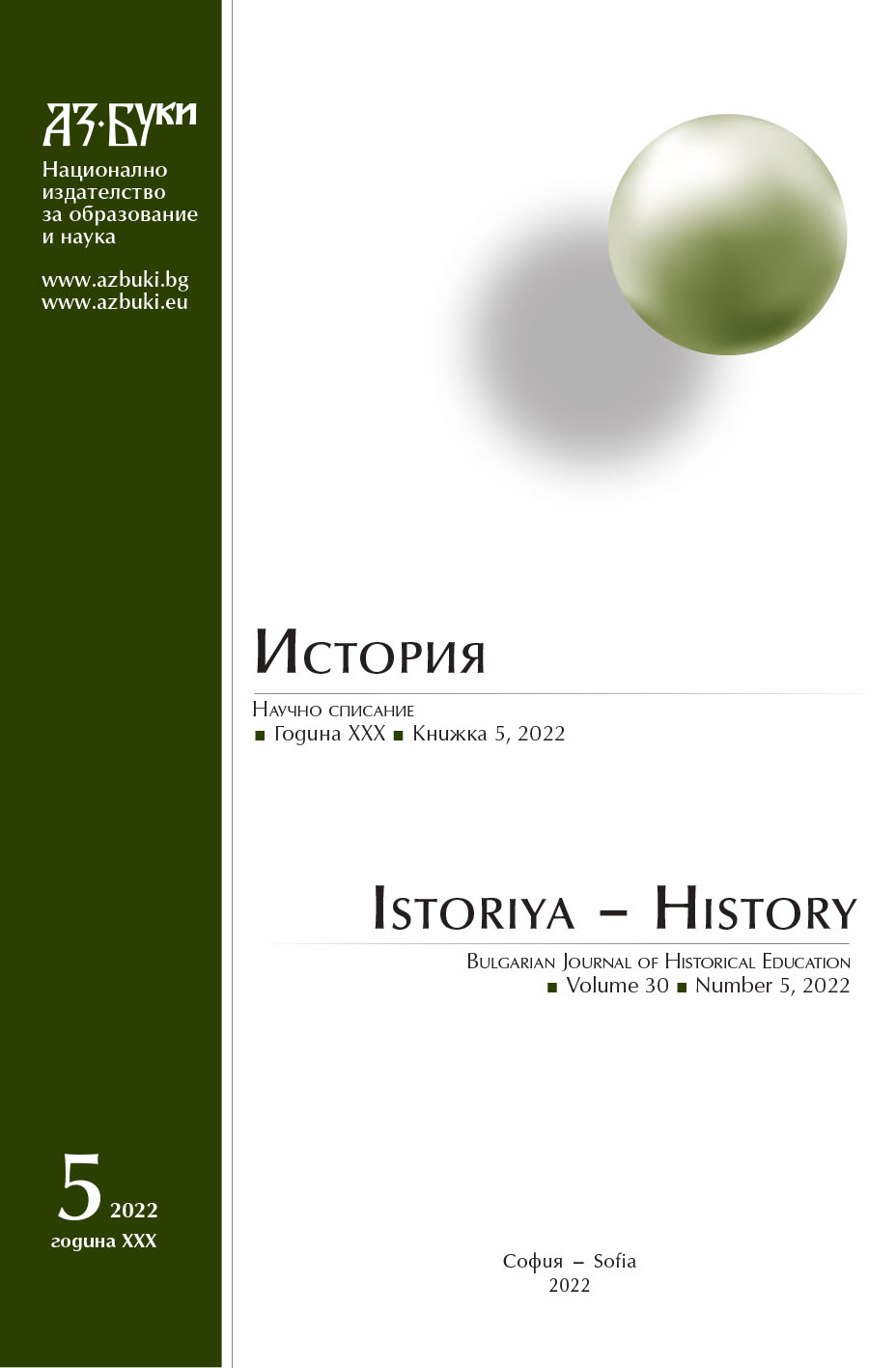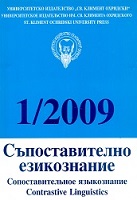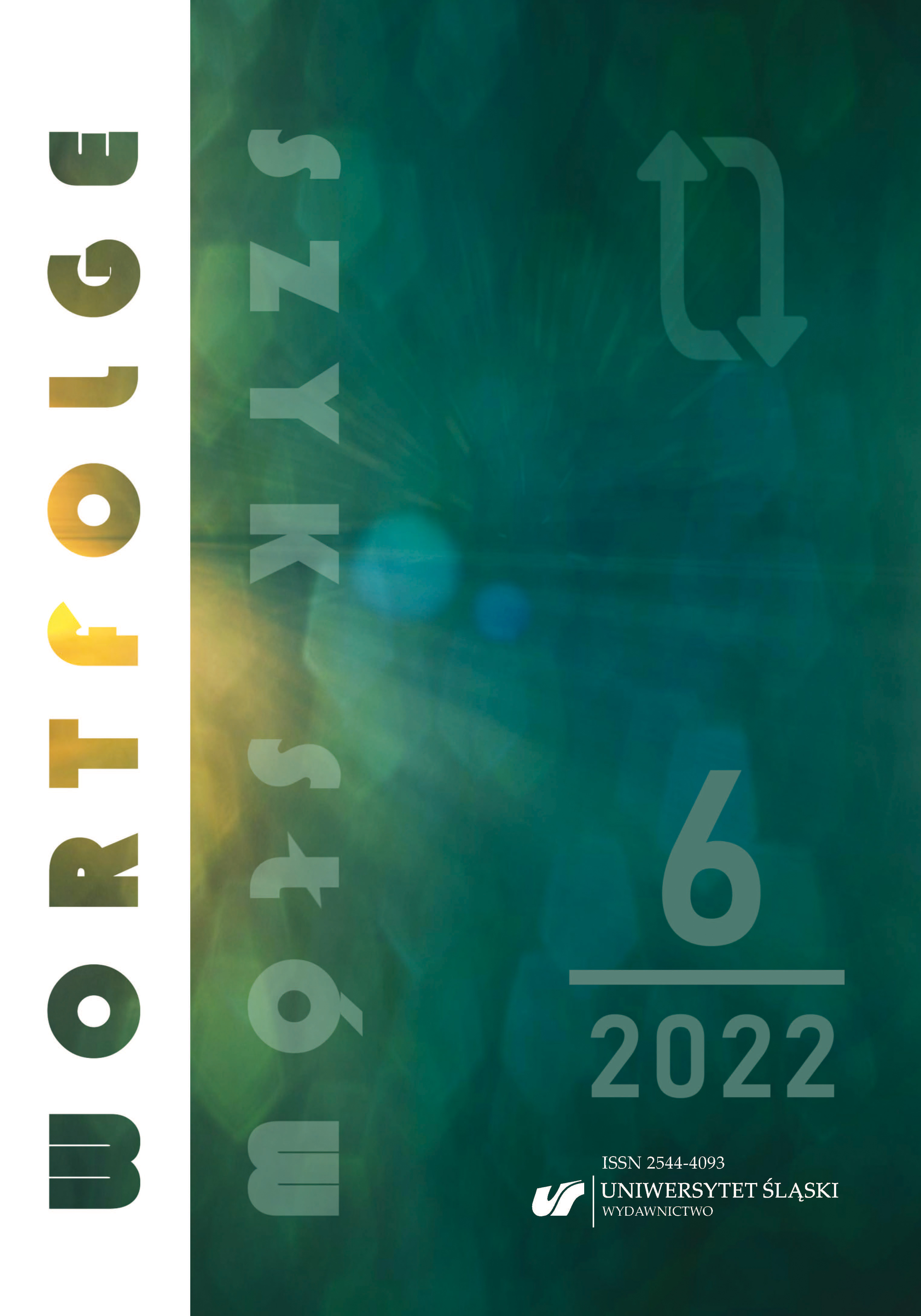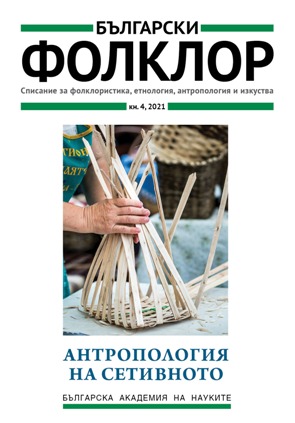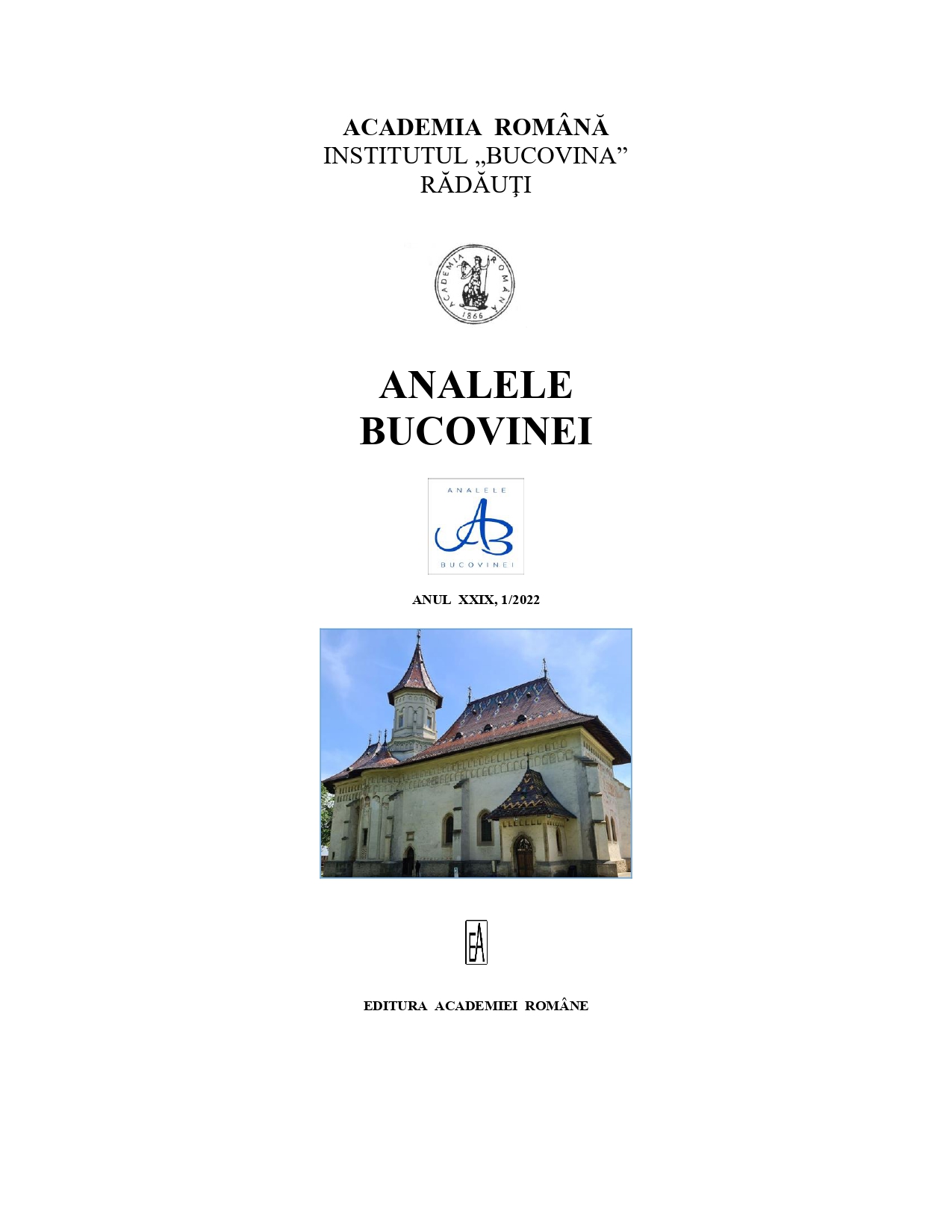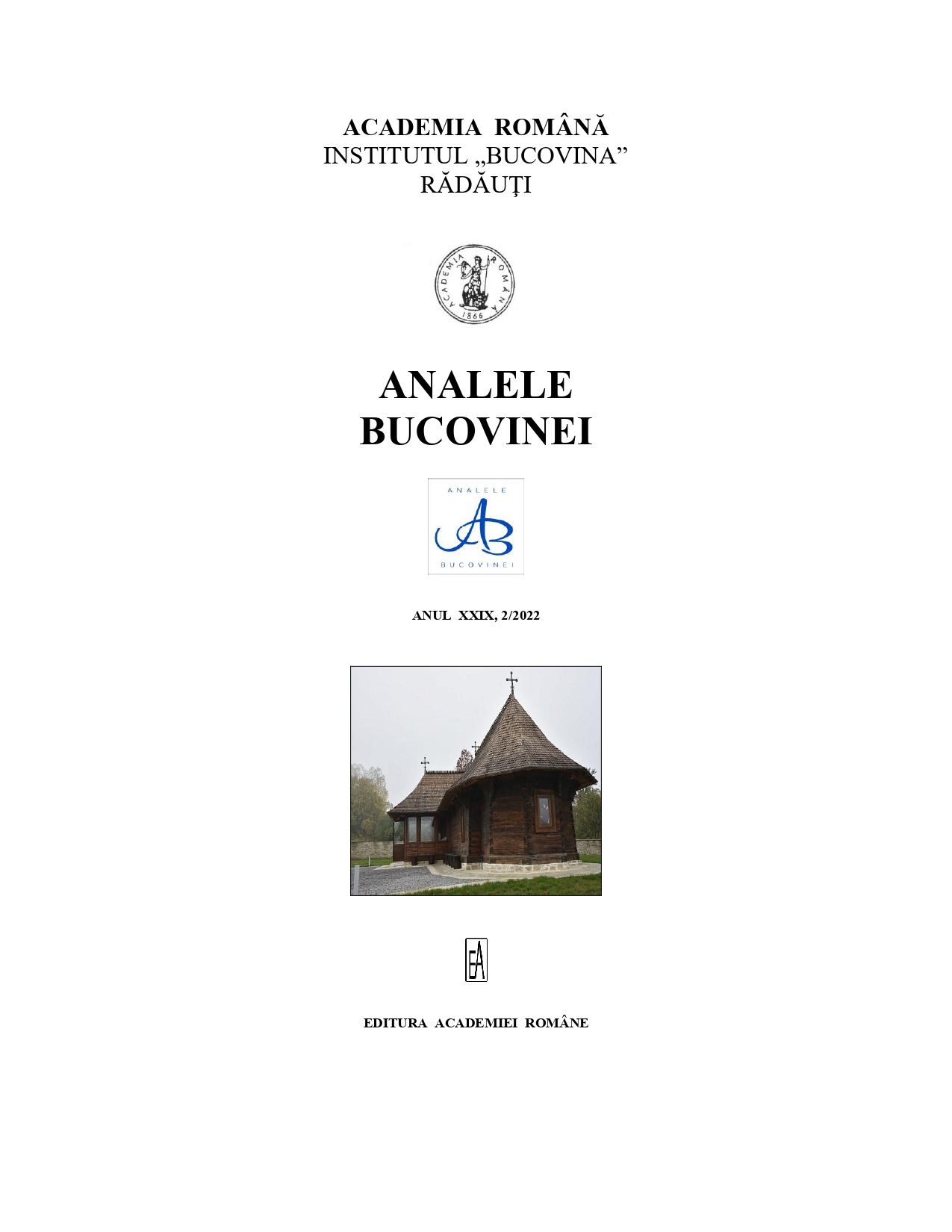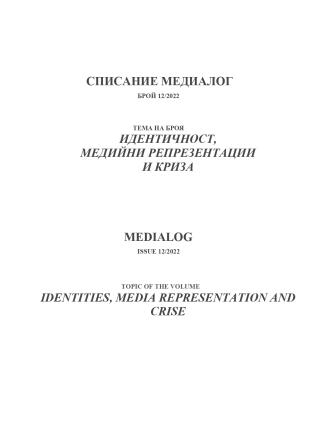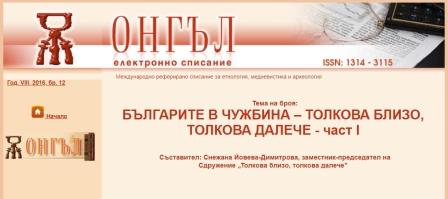
Увод
The new "ONGAL" thematic volume - "BULGARIANS ABROAD - SO CLOSE SO FAR" allows for two approaches towards observing the ethno profile of our compatriots around the world: a scientific/academic one and an emotional/ethno psychological one. During the last few decades the number of people living in Bulgarian communities abroad has grown, and seems to have caught up with population numbers in Bulgaria itself. This dynamic growth of our communities is due to irreversible migration processes. New corporations, associations, schools, kindergartens, folk music ensembles, media, radio stations and TV channels are established by the Bulgarian communities. They develop their communities in their own way - so near, yet so far... As stated above, in this volume of "ONGAL" there are two approaches - academic and scientific studies in the fields of anthropology, ethnology and linguistics on one hand, which show the character of different Bulgarian communities around the world and different problems related to them, and on the other hand are texts which openly tell their stories in a very peculiar for the "Bulgarians there" manner. Their messages are emotionally loaded to the extent of lofty naivety and reveal desire to share and find empathy. The Bulgarians in Banat (in Svetlana Karadjova's text) as well as the Bulgarian communities in Izrael, Spain, Slovakia, Switzerland and Austria write their history through the eyes of emigrants who have found a new motherland. The study of topology of the Bulgarian presence by Ass. Prof. Dr. Vladimir Penchev offers an important and broad introduction to the topic of Bulgarian communities abroad. This study allows further understanding of the texts devoted to the Bulgarian communities in Chicago (in An immigrant's suitcase: the museum without walls by Diliana Ivanova) or in Washington (in The heritage and consolidation of migrant communities by Lina Gergova and Yana Gergova), in Hamburg (about the uses of Bulgarian cultural heritage by Tania Matanova) or about the peculiarities of the Bulgarian communities in Central Europe (in Hungary - by Adriana Petkova Papadopoulos and Kristina Menhart). Snezhana YovevaDimitrova's text addresses the adaptation models of the Bulgarians in Slovakia and Austria and the specifics of integration policies regarding the Bulgarians as a minority in those two countries. The linguistic studies (by Ana Kocheva, Lucia Antonova, Kiril Parvanov and Slavka Keremidchieva) contribute to create a thorough ethnocultural image of the Bulgarians abroad - language is of capital importance and reveals the ethnic characteristics of a group of people. Issues of bilingualism, dialect words and specific unlocking ethno linguistic markers, or sleep talking in regions inhabited with Bulgarian communities abroad, all correspond with the concept of Bulgarians abroad - so near yet so far. At first sight the eclecticism of different views and approaches, methodologies and scientific models that were collected in this issue of "ONGAL" might look unbalanced, but when read in its entirety the main message is revealed: there is a need to share the destiny, existence, anxieties and all other emotional and scientific specifics of Bulgarians abroad. All texts communicate and share space in the diaspora, while what is not so far but rather near - is the motherland.
More...
